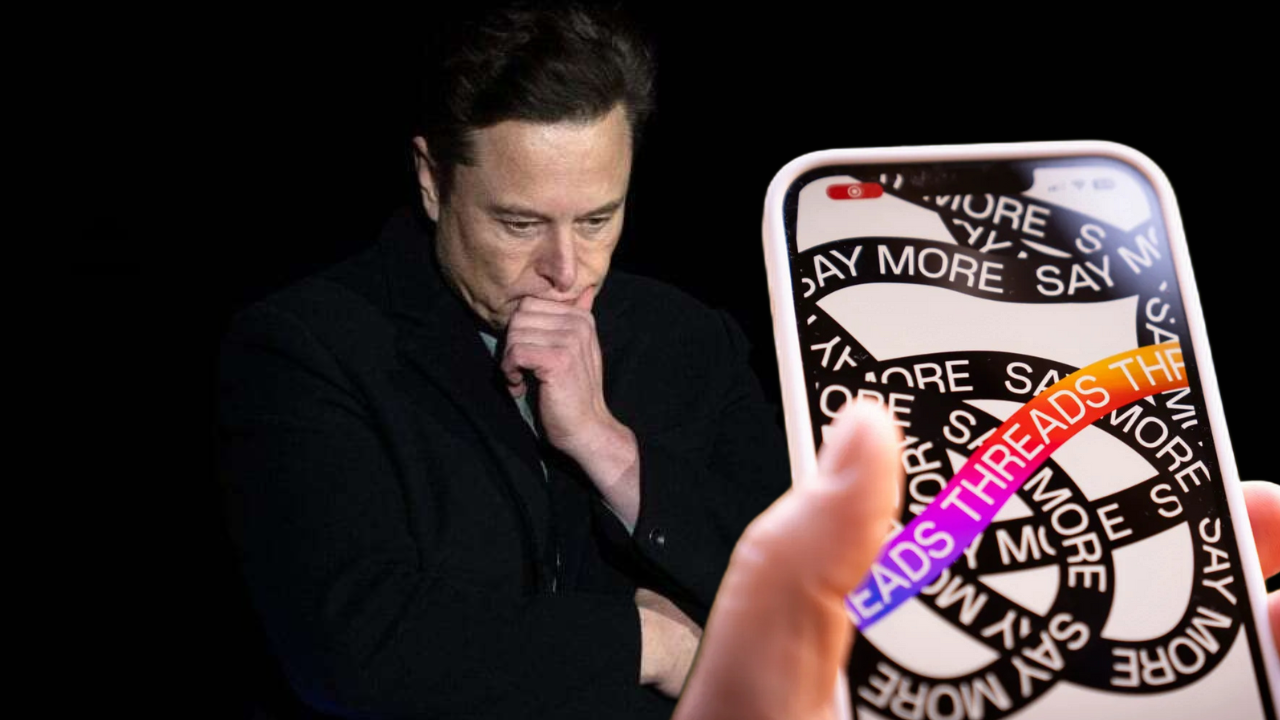Meta Threads as a viable replacement for Twitter

In the ever-evolving realm of social media platforms, competition reigns supreme as each contender vies to establish itself as the ultimate destination for user engagement. The latest entrant into this arena is Instagram's Threads, aiming to challenge Twitter's dominance and provide users with a compelling alternative. With its recent debut, many are left pondering: Can Threads truly supplant Twitter? Let's delve deeper into the disparities and commonalities between these two platforms to gain a more profound understanding of their potential.
Unveiling Threads
Threads has emerged at a time when Twitter users find themselves grappling with controversial changes implemented under the leadership of Elon Musk. Recognizing this opportunity, Meta, Instagram's parent company, leveraged the platform's popularity to create a new hub for short-form content sharing. Within hours of its launch, Threads amassed millions of followers, including verified brand accounts and notable figures, signaling its intent to directly compete with Twitter.
Account Management: Integration vs. Independence
A fundamental distinction between Threads and Twitter lies in account management. To join Threads, users must sign in using their existing Instagram credentials. This integration offers convenience, allowing a seamless transition between platforms without the need to build a new follower base from scratch. In contrast, Twitter allows users to sign up independently using their preferred login credentials.
It's important to note that deleting your Threads account necessitates the deletion of your entire Instagram account. This aspect may dissuade potential users who prefer to maintain separate identities across different platforms.
Accessibility: Mobile vs. Web Experience
Another notable disparity lies in accessibility. While Twitter offers both web-based and app versions, granting users the flexibility to access their accounts across various devices, Threads is currently limited to mobile applications available on iOS and Android stores. By positioning itself primarily as a mobile-centric experience, Threads aims to cater directly to the growing number of smartphone users.
Pricing and Features: Free vs. Paid Subscriptions
Currently, Threads is entirely free, with no features hidden behind paywalls or inundated with advertisements. However, given Instagram's proclivity for ads, it's reasonable to assume that advertising will find its way into Threads in the future. On the other hand, while basic tweeting remains free on Twitter, the platform offers additional features exclusively to subscribers of its "Twitter Blue" paid subscription tier. Subscribers gain access to benefits like tweet editing options and a higher daily tweet limit.
Verification Process: Instagram Link vs. Twitter Blue Subscription
Threads' verification process leverages its integration with Instagram. If a user is verified on Instagram, their verification status seamlessly carries over to Threads. In comparison, Twitter has modified its verification system under Elon Musk's leadership. Verification, previously based on public standing and social influence, now allows users to purchase a verification badge through a "Twitter Blue" subscription. It's worth noting that government accounts receive a grey checkmark, while select established organizations and news outlets are awarded a gold checkmark.
Content Posting: Text vs. Multimedia
Both Threads and Twitter serve as platforms for sharing concise messages that invite engagement from other users. These messages can range from humor and life updates to grievances and song lyrics, offering a glimpse into users' current thoughts or relevance to their followers.
However, a crucial distinction between the two lies in character limits. Threads allows up to 500 characters per post, surpassing Twitter's 280-character limit, and providing users with more room for self-expression within individual posts.
Both platforms support multimedia content postings, including website links, videos, and images. GIFs can be posted on both services; however, Threads requires users to save the GIF in their camera roll before posting it, while Twitter allows direct GIF uploads.
In terms of posting multiple items at once, Twitter restricts users to four items per tweet, whether they are images or videos, while Threads permits up to 10 items to be shared in a single post, offering users greater flexibility for sharing multimedia content.
Engagement and Messaging Features
Both Threads and Twitter offer similar engagement options, such as liking, replying, and reposting posts or comments. Users can reply directly to the original message or respond to specific comments, depending on their preferred mode of participation in the conversation.
Twitter boasts an in-app messaging platform that enables users to communicate with mutuals or other users based on privacy settings. In contrast, Threads does not currently offer an integrated messaging feature within the app itself. To reach out to other Threads users, one would need to resort to Instagram's direct messaging (DM) functionality.
Conclusion: An Alternative Rather Than a Replacement
While Threads introduces several enhancements over existing social networking apps, it may not necessarily replace them outright, especially Twitter. Both platforms have catered to distinct needs up to this point. Twitter has solidified its position as a hub for snarky updates, breaking news, memes, and public conversations. In contrast, Instagram, and by extension Threads, have focused more on aesthetics, positivity, personal updates, and visual content.
Although there are similarities between the two platforms in terms of functionality and user engagement, making Threads an appealing alternative, it may not entirely supplant Twitter's role in the social media landscape. Time will reveal whether Threads can attract influential figures who possess the power to shape conversations and generate compelling short-form content, the key ingredients necessary for thriving competition within this dynamic realm.
In summary, while it remains uncertain whether Threads will emerge as a full-fledged replacement for Twitter, its arrival injects healthy competition into the market and offers users an alternative platform for digital conversations, a welcomed development in today's rapidly evolving social media landscape.

